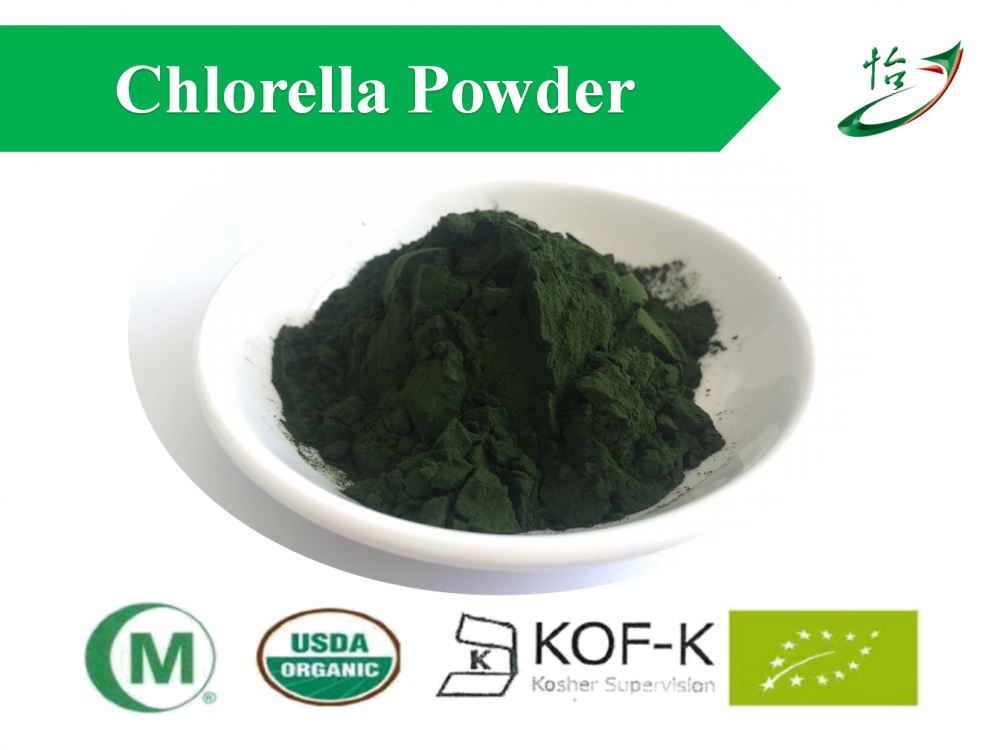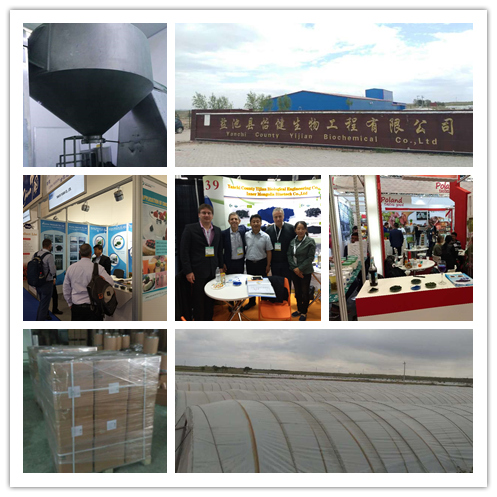Sawn margin crabs are commonly known as blue crabs, worms, and red worms. These are called blue crabs. Blue Crab is a warm-salt and salty species. It is a kind of edible crab with high economic value. It has the characteristics of rapid growth and strong adaptability. The largest individual can weigh up to 2 kg. Its delicious meat, high nutritional value, is a traditional luxury seafood. At present, there are two methods for fattening green crabs in China: one is the traditional blue crab-based fattening in Guangdong and Taiwan. This method is to cultivate female crabs that have been mated for a short period of time and then cultivate them into paste crabs. Thin male crabs (water crabs) develop into fat crabs; the other is Shanghai and Zhejiang-based green crab fattening, and cultivating thin crabs and small crabs into commercial crabs. The first green crab fattening method is described as follows: The fattening technology of S. marginata is mainly embodied in management, and the management mainly includes feeding and water quality control. In the fattening process, if it is managed properly, the thin crabs can be cultivated into the crabs after a short period of artificial feeding, and the male crabs can be cultivated into the crabs. Therefore, the management level is the key to the success or failure of blue crabs. Crabs were observed on a daily basis during the period of fattening of crabs, and the growth of crabs was regularly checked to determine the amount of feeding. Prevent the green crabs from eating and eating each other and manage gates and irrigation. Smooth water flow and fresh water are important factors in stimulating the growth of blue crabs. During the fattening process, the process of thinning the serrata from serrata is as follows: The thin crab (commonly known as the null female, the female primiparous female crab, the immature ovary) → the flower crab (half maturation of the ovary) → the crab (Red Crab, Taiwan is called the red worm Seek and mature the ovaries). Aquatic crabs (male crabs, thin physique) → crabs or fat crabs. First, feeding 1, bait species Serrata blue crabs mainly fed freshwater shellfish during fattening. For example: red meat blue clams, watercolor clams, snails, crab snails, short-toothed clams, freshwater snails, chowder, river clams, land snails and so on. The feed must be fresh. 2. Feeding amount (1) The feeding amount is closely related to the water temperature, the water temperature is suitable, the amount of feeding is excessive, the water temperature is too low or too high, and the feeding and copying method is not limited. If the water temperature is lower than 5°C, the blue crab will stop feeding; when the water temperature is around 25°C, if the fish is used as a miscellaneous fish, then the food intake will be reduced if the temperature rises above 30°C. Feed, the daily food intake of blue crab is 10%-15% of body weight. (2) The relationship between the amount of feed and the tide When the tide is high, the crabs consume more food; when the tide is small, the crabs consume less food. When there is little rain, the crabs consume more food; when there is a lot of rain, the water is cloudy and the crabs consume less food. In the Pearl River Estuary area of ​​Guangdong Province, when feeding red crab blue clams (including shells), the daily feeding amount is 30% to 40% of the body weight of the crabs; when feeding small junk fish, the feeding amount is 8% of the crab body weight. -12%. When Taiwan feeds freshwater screw fattening green crabs, the daily feeding amount is about 5% of the body weight of the crab (shelling). When Thailand feeds low-value fish, the daily feed amount is 5%-7% of the crab's body weight. In Japan, the water temperature in summer is higher, and when the crabs are fattened, the amount of feeding is more, which is 17%-20% of the body weight of crabs. 3. Feeding method (1) Feeding time: The blue crab lurks in the mud during the day and feeds it at night. Therefore, cast more in the morning and dusk, and do not cast at noon. (2) Feeding position: The blue crab has the habit of crawling by the side, so the feed should be put on the beach around the pond, and should be evenly spread to avoid the blue crab fighting for food. (3) Feeding times: Each day feeds once and every time. (4) Feed treatment: large fish and shrimps should be chopped and fed; shellfish with thick shells, such as snails and oysters, should be rinsed and crushed before feeding; thin shellfish such as red meat Blue crickets and short-toothed pods can be fed fresh and do not need to be crushed. Second, water quality control Human factors controlled by the water temperature, dissolved oxygen and salinity, etc., in order to maintain good water quality, must constantly change the water and control a certain level. 1, water temperature pond water temperature of 18 °C -25 °C for the growth of the crab optimum water temperature, water temperature adjustment can be resolved by changing the water. 2. Dissolved oxygen in dissolved oxygen water must be greater than 2ppm. Normally, the requirement of dissolved oxygen for blue crabs is less than for fish and shrimp. When the crabs are clam shells, they need more dissolved oxygen. When the dissolved oxygen in water is less than 2ppm, they are increased by changing the water. Dissolved oxygen in water. 3. The salinity of blue crabs adapts to seawater salinity in the range of 59‰-334‰, and the most suitable salinity range is 137‰-17‰. When the salinity is unsuitable, blue crabs can run away. When the salinity is low, several salt packs can be placed on the mudflats of ponds to allow blue crabs to find suitable habitat; when salinity is high, freshwater can be poured so that Adjust the salinity. 4. Regulation of Water Level and Water Quality The cultured blue crab ponds have deeper ring ditch and shallower mudflats. The water depth of a pond dug with a ring ditch is required to be more than 2 meters, and the depth of the mudflat can be lighter, so that the blue crab can find a suitable place to inhabit as required. Water quality: The water temperature, salinity, and dissolved oxygen mentioned above must meet the needs of the growth of blue crabs. At the same time, records should be made every day after 6 am and 2 pm in order to adjust the water environment and determine the amount of feed. Third, the patrol ponds will be inspected once every morning and evening. They must immediately take effective measures to ensure safe production. The following problems should be noticed when visiting the pond: 1. Pay attention to the floating head of the crab, such as the floating head, indicating that oxygen deficiency should immediately change the water and increase oxygen. 2. Observe feeding conditions and remove residual baits. When there are residual baits, the amount of bait should be reduced. 3, to prevent mutual food, green crab aggressive fighting, often occur mutual residual food. When the crabs are severely eaten, they can increase the amount of feed and increase the amount of shelter. Put some hollow bricks, cages for searching for insects and caterpillars, bamboo tubes, tile drums, plastic tubes, and small wooden boxes in the pool of cultured blue crabs for use when the crabs are concealed.
This classification summarizes the Chlorella Powder produced by our own factory in northwestern of China .
We have advanced equipment and strict quality control system to ensure the quality and production.

The products under the classification are:
1. Chlorella Powder .
Various parameter specifications of our product:
Naturland Certified ; CERES certified .
EU & NOP standard ; Kosher & Halal Available .
Low heavy metals & Micro Contents , Low & Stable PAH4 Level ,
PAH4 value is less than 10 ppb .Low microorganismsNon-Irradiation ,
Non GMO , Gluten Free , Allergen Free , Pesticides Free .
Own Factory : Manufacture in northwest of China . Legitimacy , Regularity , Cultural .
Own Lab : Quality control and Product development . Strictly , Creativity , Responsibility .

About Company
Yanchi County Yijian Biotechnol Co.,Ltd
was founded in Dec 2012 ,
by Mr. Dezhi Zhang ,
the legal representative of the company .
Company registered capital is 10 million RMB .
The main business sectors are culture , processing , internal sales , import and export trade of Organic Spirulina and Organic Chlorella products .
Yijian is known globally as one of the major suppliers of microalgae products across the world .
Annual production rate is 600 Mt .
Average annual sales income is around 5 million dollar .
Chlorella Powder
Chlorella Powder,Organic Pure Chlorella Powder,Natural Organic Chlorella Powder,Chlorella Vulgaris Powder
YANCHI YI JIAN BIOLOGICAL PROJECT CO.,LTD , http://www.spirulina-yj.com

